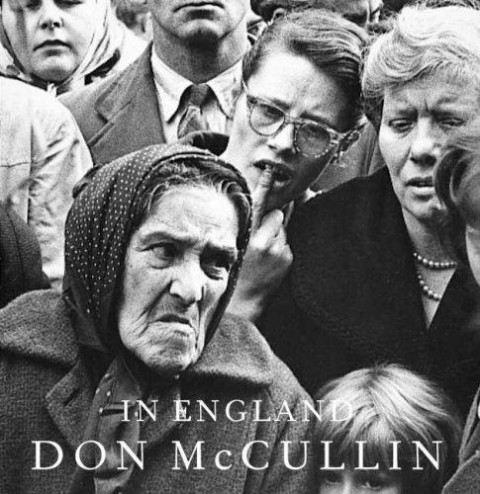On the New York Times Lens blog today there is first part of an interview with the photographer Henri Cartier-Bresson. Conducted by journalist and filmmaker Sheila Turner-Seed in Cartier-Bresson’s Paris studio in 1971, the interview was apparently for a film-strip series on photographers produced for Scholastic:
I’m not interested in documenting. Documenting is extremely dull and I’m a very bad reporter. When I had an exhibit at the Museum of Modern Art in 1946, my friend, Robert Capa, told me, “Henri, be very careful. You must not have a label of a surrealist photographer. If you do, you won’t have an assignment and you’ll be like a hothouse plant. Do whatever you like, but the label should be ‘photojournalist.’ ”
All my training was surrealism. I still feel very close to the surrealists. But Capa was extremely sound. So I never mentioned surrealism. That’s my private affair. And what I want, what I’m looking for — that’s my business. Otherwise I never would have an assignment. Journalism is a way of noting — well, some journalists are wonderful writers and others are just putting facts one after the other. And facts are not interesting. It’s a point of view on facts which is important, and in photography it is the evocation. Some photographs are like a Chekhov short story or a Maupassant story. They’re quick things and there’s a whole world in them.
By a strange coincidence I recently stumbled across a video of Cartier-Bresson talking about his work (via A Piece of Monologue I think). There appears to be at least some overlap between the film and Turner-Seed’s interview at the Times, so I assume it originated with her? (More knowledgeable people, please feel free to chime in!)
Sheila Turner-Seed’s daughter Rachel Seed (also a photographer) is working on a personal documentary about her mother called A Photographic Memory.You can donate to the project on Kickstarter.
(pictured above: Cartier-Bresson photographed by Dmitri Kessel)
Update: The second part of Sheila Turner-Seed’s interview with Cartier-Bresson is now available on the New York Times Lens blog.
Comments closed











